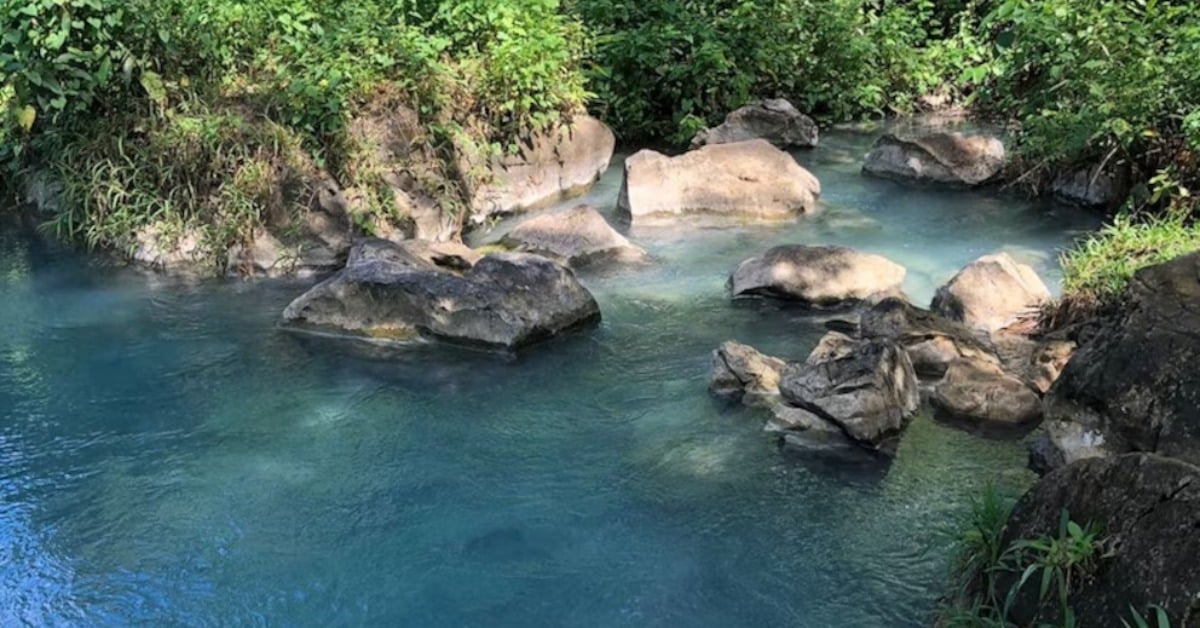Archaeologists in Mexico have announced the stunning discovery of the legendary lost Maya city of Sak-Bahlán, also known as the “White Jaguar” city, deep in the jungles of Chiapas . . .


Archaeologists in Mexico have announced the stunning discovery of the legendary lost Maya city of Sak-Bahlán, also known as the “White Jaguar” city, deep in the jungles of Chiapas . . .
